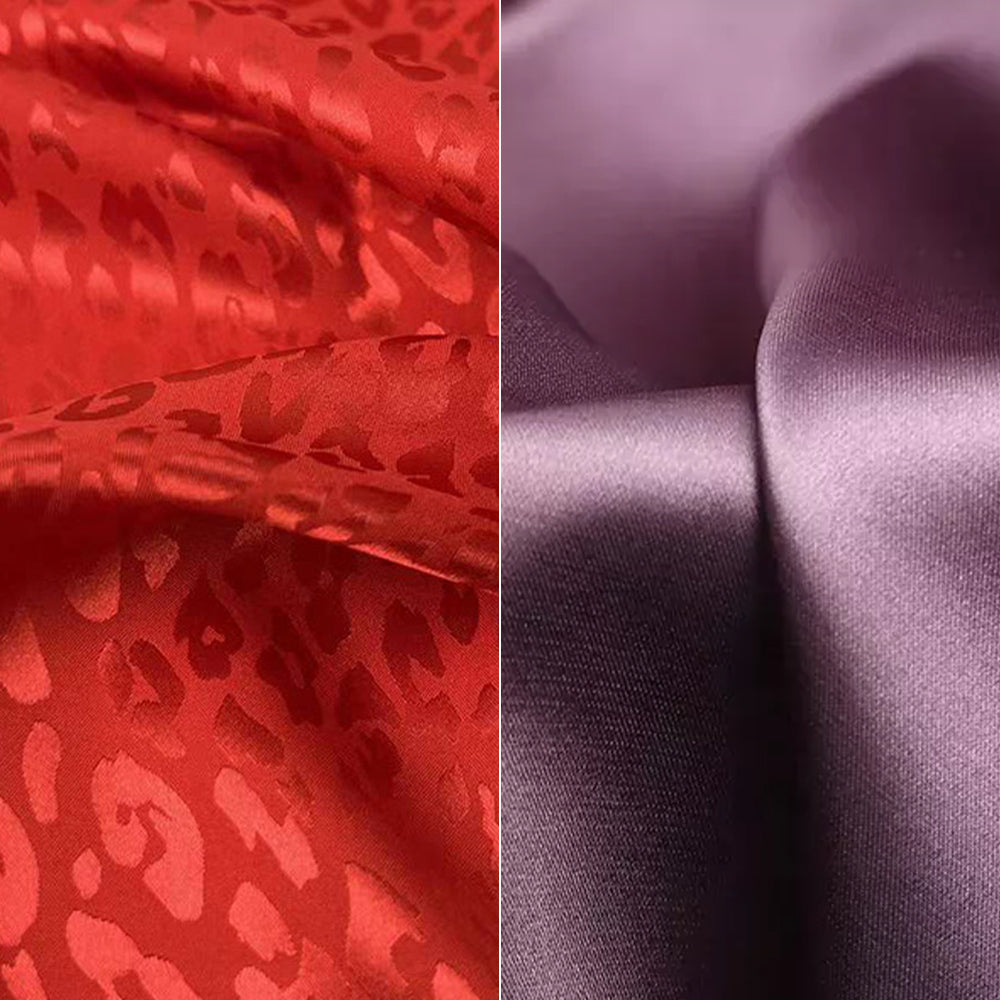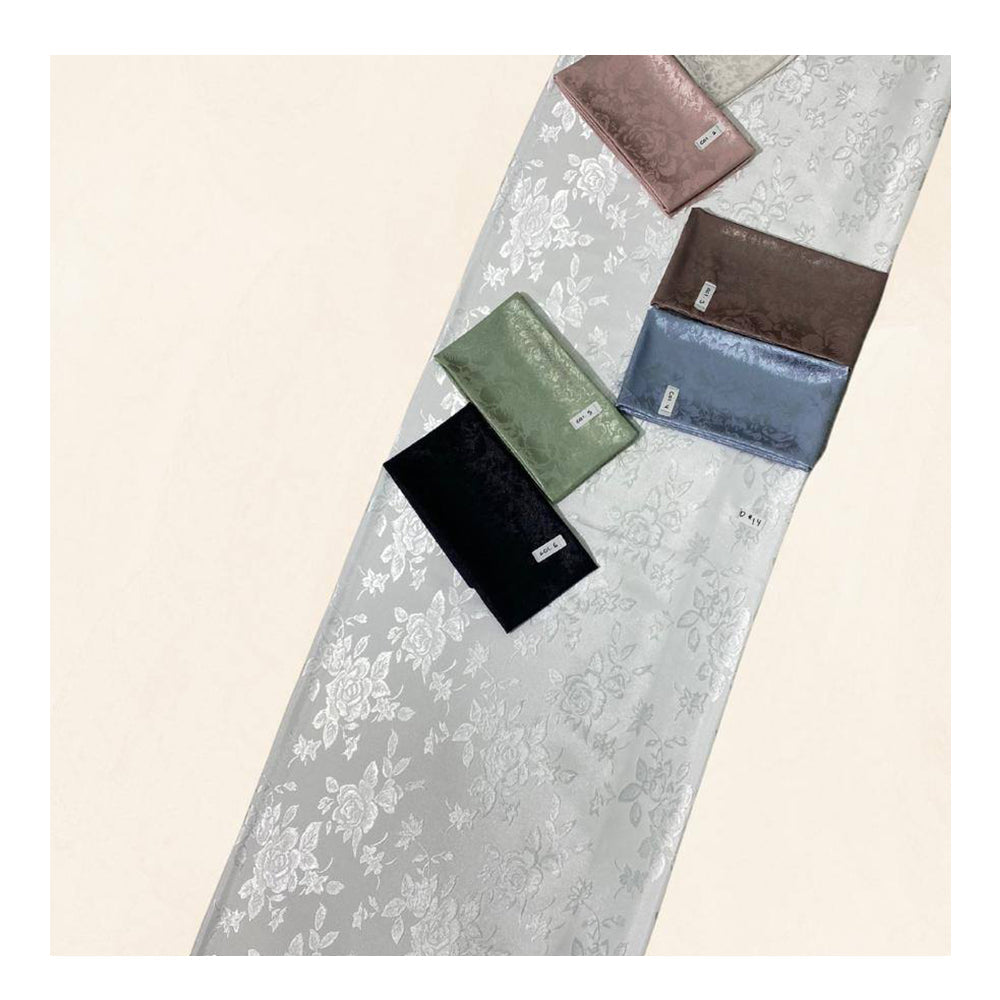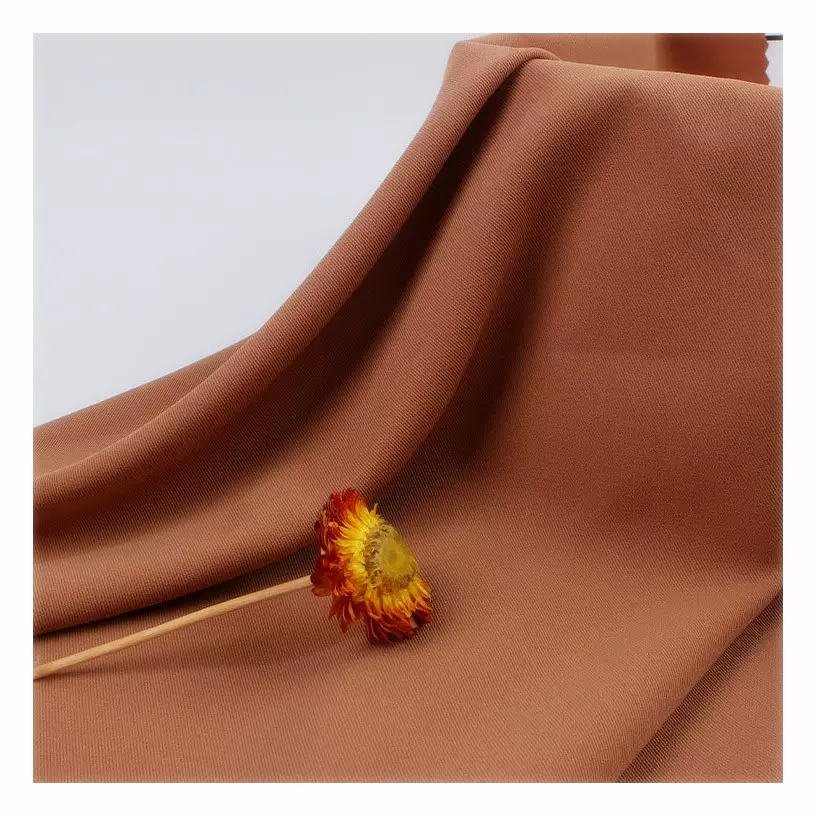1. Composition and Nature
-
Regular Satin: Satin is a type of weave, not a specific fiber. It can be made from various materials, including silk (the most luxurious form), polyester, or other synthetic fibers. When made from silk, it is known for its natural softness, breathability, and luxurious feel.
-
Polyester Satin Jacquard: This is a specific type of satin made from polyester fibers and woven using the jacquard technique. It is entirely synthetic, derived from petroleum-based products. The jacquard weaving process allows for intricate patterns and designs.
2. Appearance and Texture
-
Regular Satin: It has a smooth, glossy surface on one side and a duller back. The texture is soft and silky, especially when made from natural fibers like silk.
-
Polyester Satin Jacquard: It also has a shiny, satin-like surface but may not be as smooth or soft as silk satin. The jacquard weaving adds intricate patterns, which can enhance the visual appeal.
3. Durability and Care
-
Regular Satin: The durability of satin depends on the fiber used. Silk satin is delicate and requires careful handling to avoid snags and damage. It often needs hand-washing or dry-cleaning.
-
Polyester Satin Jacquard: Polyester satin is more durable and resistant to wrinkles and shrinking. It can withstand more frequent washing and is generally easier to care for.
4. Comfort and Breathability
-
Regular Satin: Silk satin is highly breathable and comfortable against the skin. It helps regulate body temperature, making it suitable for sleepwear and intimate apparel.
-
Polyester Satin Jacquard: Polyester is less breathable compared to natural fibers. It may leave the wearer feeling less comfortable in hot and humid conditions.
5. Cost
-
Regular Satin: Satin made from silk is more expensive due to the cost of natural silk fibers. However, synthetic satin options are more affordable.
-
Polyester Satin Jacquard: This fabric is generally more budget-friendly, offering a luxurious look at a lower cost.
6. Environmental Impact
-
Regular Satin: Silk satin is more eco-friendly as it is a natural fiber. However, the production of silk can also have environmental impacts.
-
Polyester Satin Jacquard: Polyester has a significant environmental footprint due to its synthetic nature and non-biodegradable properties.
Summary
In summary, while both fabrics have their unique advantages, the choice between polyester satin jacquard and regular satin depends on your specific needs. If you prioritize durability, affordability, and intricate patterns, polyester satin jacquard is a great option. However, if you prefer the luxurious feel, breathability, and natural properties of satin, regular satin (especially silk satin) might be the better choice.





Leave a comment
This site is protected by hCaptcha and the hCaptcha Privacy Policy and Terms of Service apply.